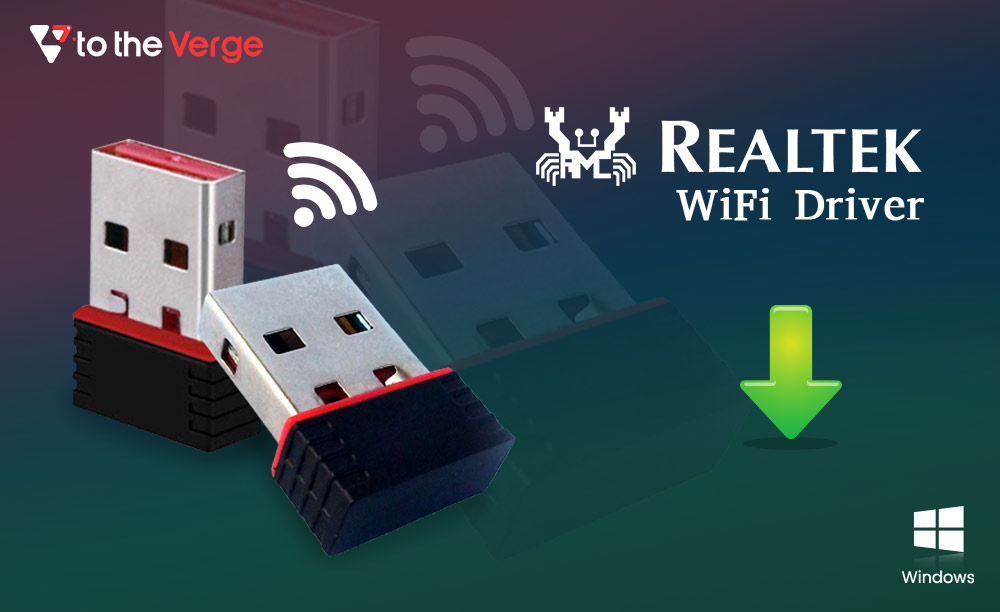Ever since the most-hyped term “Metaverse” took over the Internet, there has been a continuing discussion regarding what metaverse actually means and why it is such a big deal? According to Ball, the Metaverse is “a wide network of persistent, real-time rendered 3D worlds and simulations.”
Ball’s Metaverse should be able to maintain the connection of identity, things, history, and payments. It can be experienced by an infinite number of individuals simultaneously, in which everyone will have their own sense of presence.
Here, the metaverse is an immersive virtual reality that allows users to be present. It’s a persistent space where blockchain technology could be used to pay for items we can bring with us through different experiences.
As we all know by now, the Metaverse holds enormous potential for numerous sectors, from purchasing to enterprise and the arena of work. And it’s a combination of augmented reality (AR), Virtual Reality (VR), Mixed Reality (MR), Blockchain, Cryptocurrencies, social media, Web3, and much more.
Talking about the role of AR and VR in the development of Metaverse, they are the most critical components of Metaverse, which essentially offer a 3D immersive virtual experience to the users. So Let’s explore what they are precisely and what is the need for AR and VR in the Metaverse?
VR (Virtual Reality):
VR is the term that most people are familiar with. Virtual Reality represents a 3D and computer-generated virtual atmosphere either to imitate a natural environment or a fantasy world created by a blend of realistic sounds, images, and the different backgrounds with the help of devices like VR headsets/helmets, gloves, and a body equipped with sense detectors.
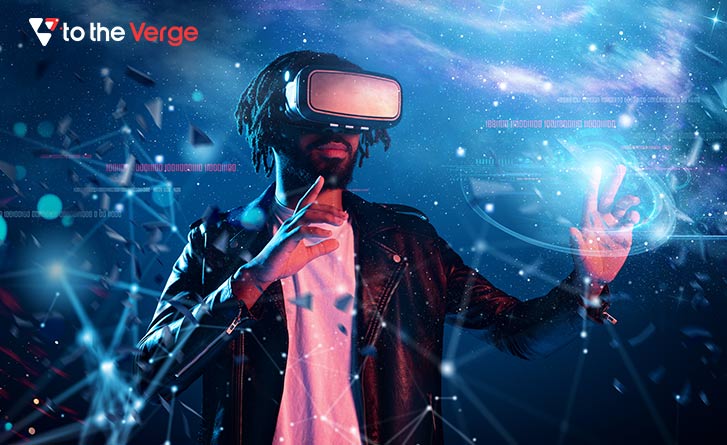
Metaverse can be a virtual space where a person can submerge and interact within that Virtual environment through VR devices. However, it doesn’t comprise the actual atmospheres of the users. Therefore, it is suggested that the users use VR technology in spacious areas to avoid unintentionally hurting themselves by banging into things in the actual environment.
Some of the popular VR devices available in the market:
- Oculus Quest 2
- Playstation VR
- HTC Vive
- Samsung Gear VR
AR (Augmented Reality):
AR is a live interpretation of a real environment with components augmented through digital sensory input like graphics, videos, sound, or GPS data. In other words, Augmented Reality exists on top of our natural world by permitting users to look at the virtual surroundings through the screens of their smartphones and tablets or by using smart glasses and making changes virtually on the screen.
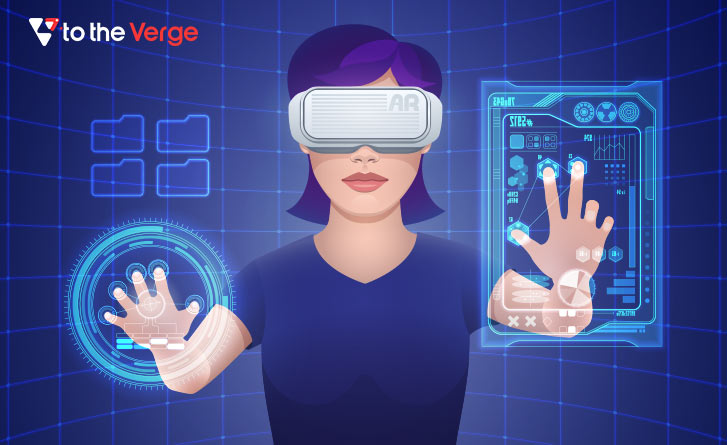
With the help of cameras of smartphones/tablets or smart glasses, the application can overlay the digital subject matter into our natural environment. However, the AR technology doesn’t comprise users’ surroundings or need communication with users’ space. Instead, it rests on top of any surface, with our natural environment working as a static background. Popular AR examples are Pokemon Go, virtual make-up, and Snapchat filters.
Some of the popular AR smart glasses available in the market:
- Microsoft HoloLens 2
- Vuzix Blade
- Magic Leap 1
Need For AR And VR In Metaverse
Metaverse is closely interconnected with the technologies – Augmented reality (AR), Virtual Reality (VR), and Artificial Intelligence (AI). And if we talk about the role of AR and VR in the development of the Metaverse, they are the main driving force behind it. AR technology lets you insert virtual items into the natural environment. VR implicates 3D computer modeling, which is one of the most exciting graphic designs through which you can engage yourself in a 3D virtual world.
While the Metaverse doesn’t really involve wearing a VR headset or other accessories, specialists are assured that VR technology will turn out to be a primary component for experiencing the new ecosystem. For example, the Facebook metaverse is expected to be accessible through VR headsets/helmets, smart glasses with augmented reality, and desktop and mobile applications in limited ways.
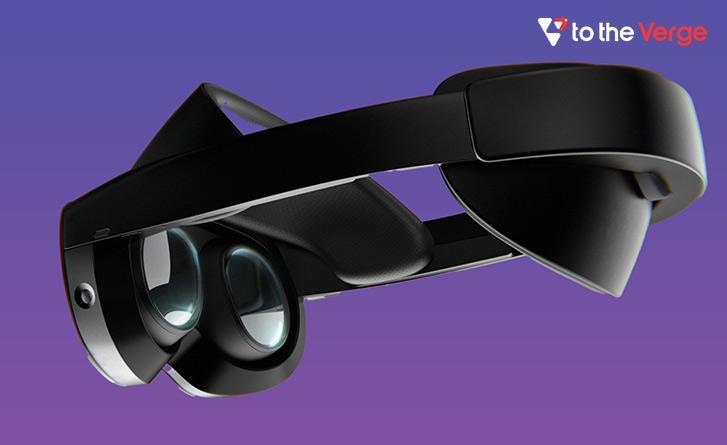
The company has already announced work on a codenamed “Project Cambria,” a premium virtual and augmented reality headset. The device would support mixed reality and involve new sensors that permit the virtual avatar to maintain eye contact and replicate the facial expressions of the human. In addition, this improved technology will allow avatars to use body language and expression of human emotions, creating a touch of honest communication in Metaverse virtual space.
Also Read: Difference between AR and VR
Use Cases Of AR And VR In The Development Of Metaverse
Most people associate the Metaverse primarily with gaming, but there can be many use cases. Since the objective of the metaverse creators is to transform the way people interact with the Internet. Until now, the gaming industry has become the first to receive tangible benefits from the introduction of virtual environments.

Along with gaming, other corporations and businesses are also aiming to follow the trend and discover methods to use it for their purposes. For example, the decentralized service Decentraland, which utilizes blockchain technology to trade in the real estate sector in the form of non-fungible tokens (NFT), sold a digital plot of land to a Canadian investment company for 2.5 million dollars.
This virtual space is used for digital techniques accessible through VR headsets and growing eCommerce services with fashion brands. This is how businesses can unlock new marketing and promotion opportunities with virtual online platforms. Moreover, the virtual office space may be unique with the Metaverse development. Unlike Skype and Zoom, which we used to enhance the feeling of the actual existence of the team in one place.
The services offer various other features, such as image masking, which allows you to change the background during a conference. In addition, it provides 3D rendered avatars to represent you in the virtual meeting entirely based on your actions and facial expressions. Virtuworx is a service combining Virtual and Mixed Reality that provides customizable solutions for workplaces, virtual conferences, and other events.
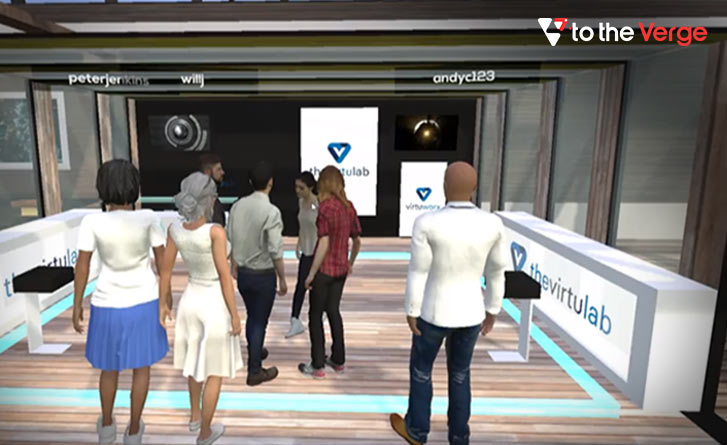
The Metaverse also unlocks new opportunities for advertising, education, retail, tourism, entertainment, engineering, and many more industries. Potentially, any activity from the physical world can expand into the Metaverse virtual space.
Frequently Asked Questions (FAQs)
1. What is Metaverse, and how is it related to AR and VR technology?
The Metaverse is a virtual reality world where users can interact and experience things as they would in the natural environment. Using AR and VR technologies, they can immerse into this virtual environment and interact with overlaying things and people in the visual projected in front of them.
2. Is Metaverse similar to VR?
Virtual reality permits users to enter the Metaverse, closing the perceived gaps between digital and natural facts. Virtual forms of people, things, and backgrounds will allow us to delve into pristine environments and make experiences more accessible to everyone.
3. What is Metaverse, and how does it work?
The Metaverse might be the future of the Internet. It may allow people to go beyond the computer screen and discover new things. In addition, the Metaverse might be a place where you can meet people who are physically distant from you and interact with them more naturally.
4. Do you need a VR for Metaverse?
It is up to the Creator to define their version of the Metaverse,” a representative from Unity told Fortune. “one Creator could believe their Metaverse is all virtual (VR). Therefore, you need a VR headset to access it.
5. Is Metaverse virtual space real?
The Metaverse refers to a vision of a 3D virtual world, where real and digital worlds are incorporated using virtual reality (VR) and augmented reality (AR). This immersive environment will be accessible via VR headsets, AR glasses, and smartphone apps.
Conclusion
The idea of the Metaverse looks exciting, but right now, it’s tough to say what the future holds for it. Perhaps the emergence of 5G and the growing interest in VR/AR technologies can create favorable conditions for developing something similar. But the creators of the Metaverse will face many challenges.
However, we have many questions about how the Metaverse works, the extent of the benefits it offers, and its accessibility to ordinary users. But certainly, when executed correctly, the Metaverse can be an enhanced means of online interaction for people worldwide.
Additionally, we are confident that VR/AR technologies will play a significant role in the development of Metaverse and expect to see active market growth in the future. After all, if the Metaverse is a combination of virtual worlds, VR and AR technologies are the ways to get us there.
Snehil Masih is a professional technical writer. He is passionate about new & emerging technology and he keeps abreast with the latest technology trends. When not writing, Snehil is likely to be found listening to music, painting, traveling, or simply excavating into his favourite cuisines.

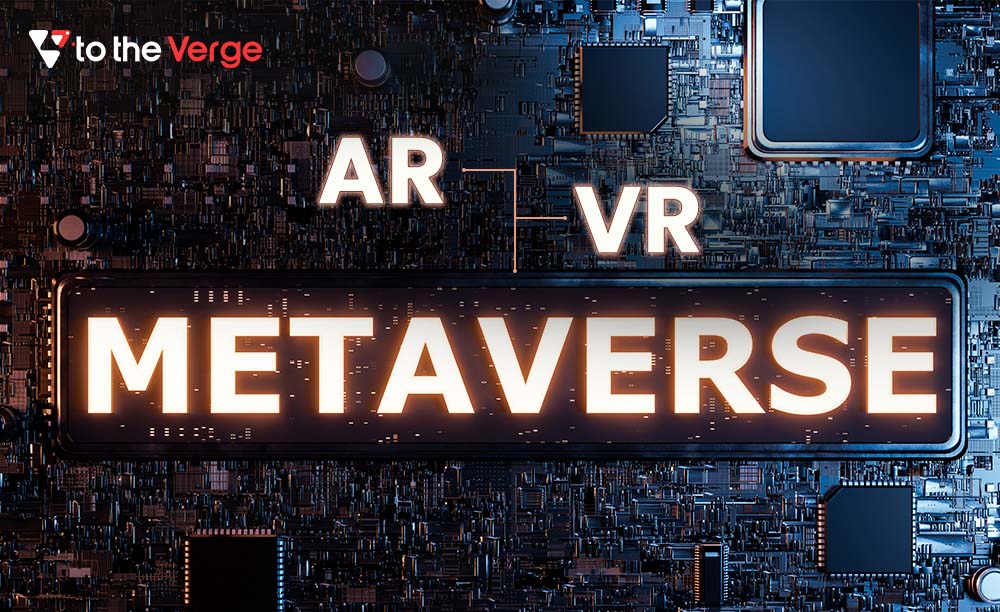
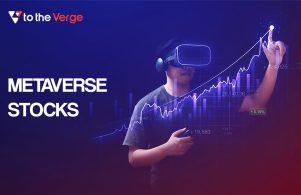
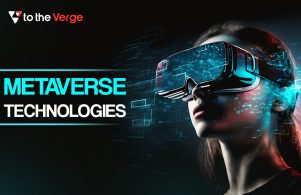



![How to Update and Reinstall Keyboard Drivers on Windows 10/11 [A Guide]](https://wpcontent.totheverge.com/totheverge/wp-content/uploads/2023/06/05062841/How-to-Update-and-Re-install-Keyyboard-Drivers-on-Windows-10.jpg)
